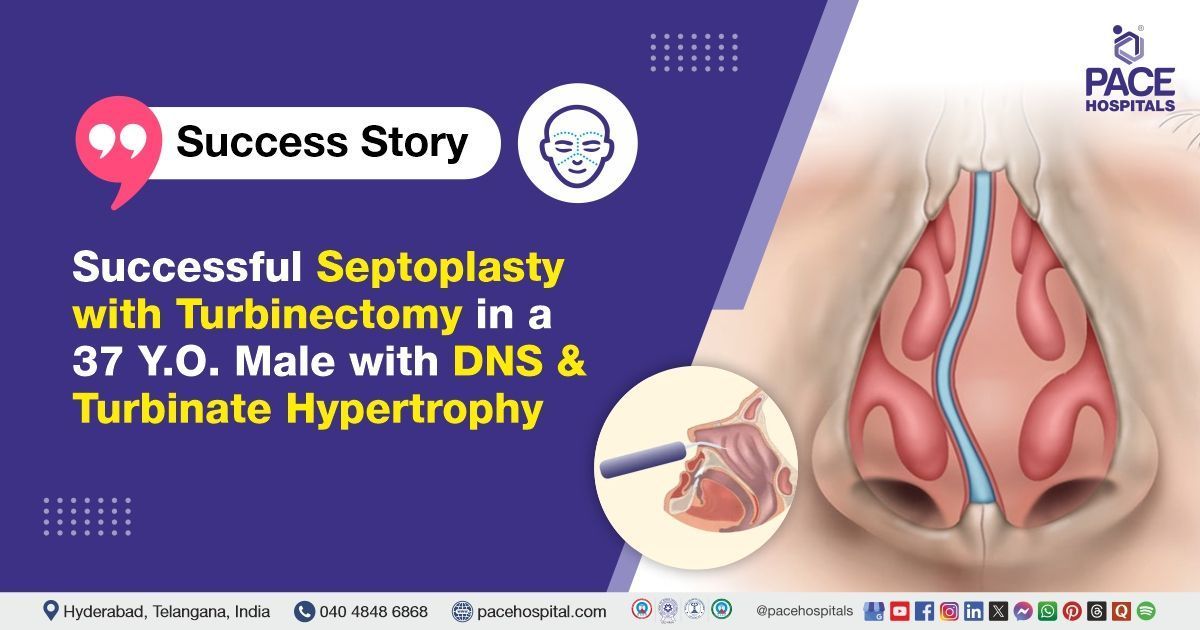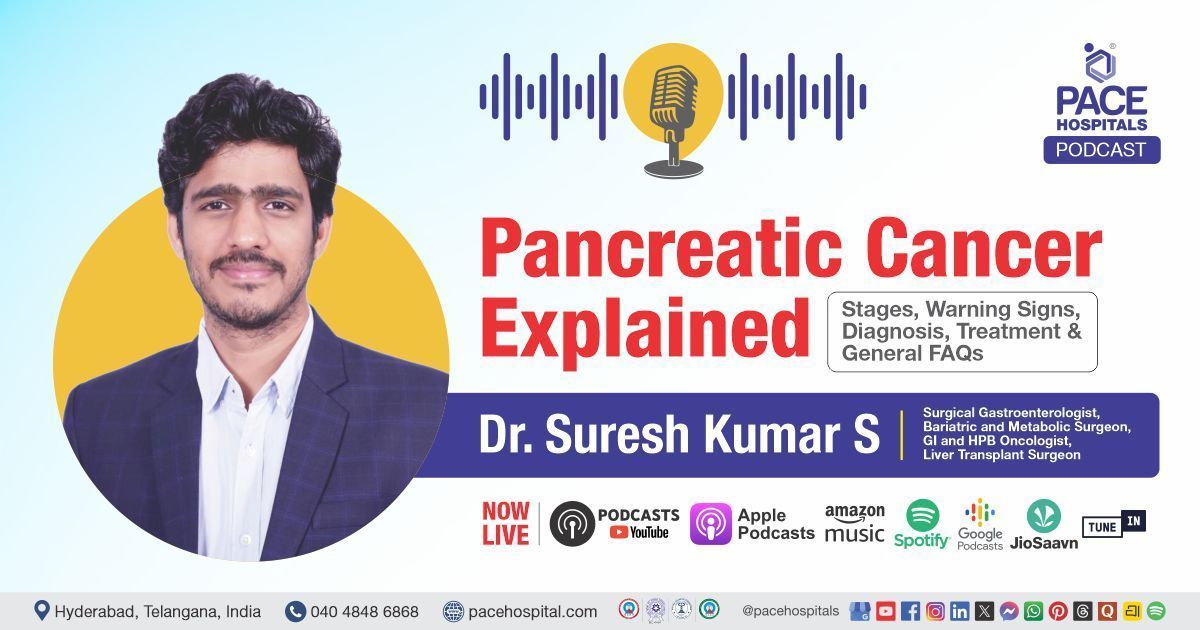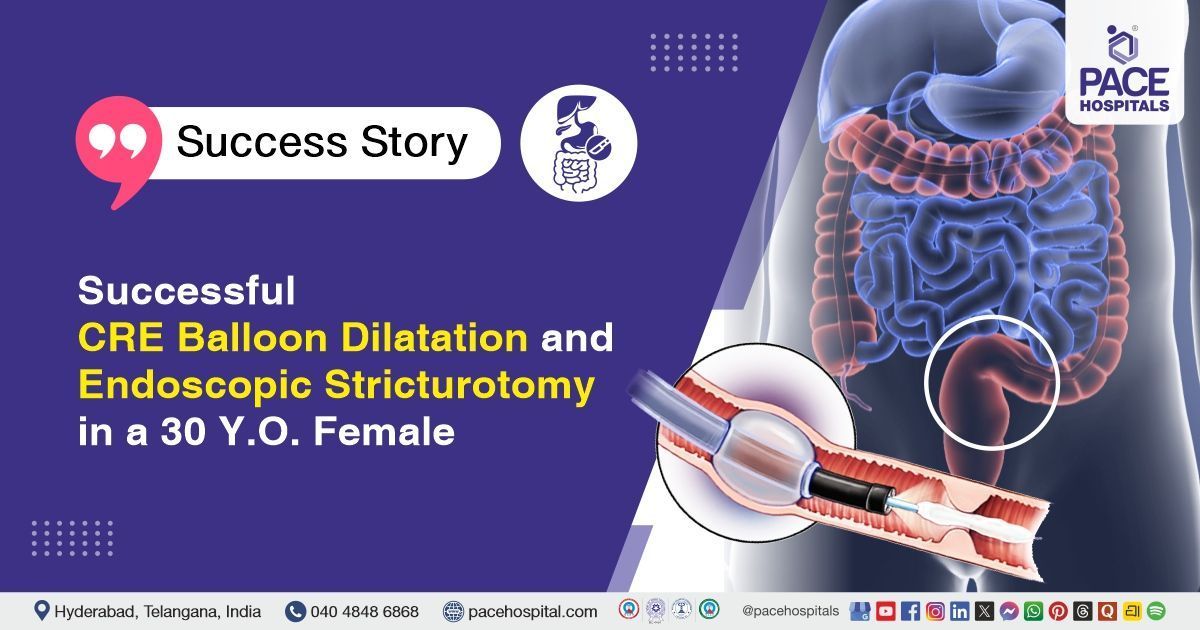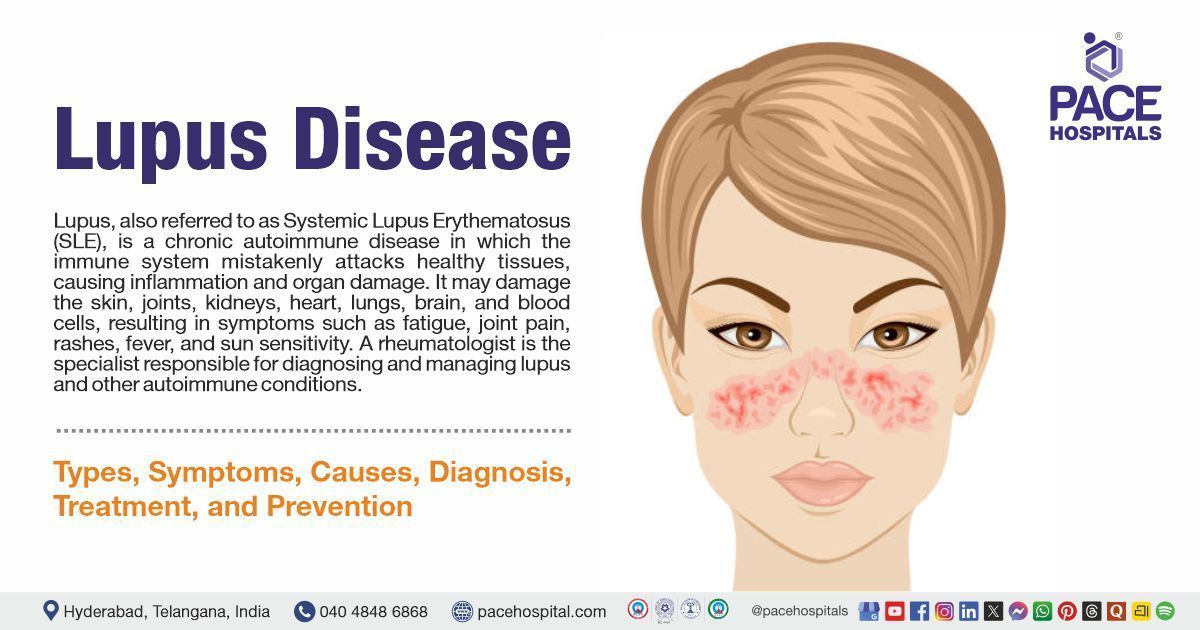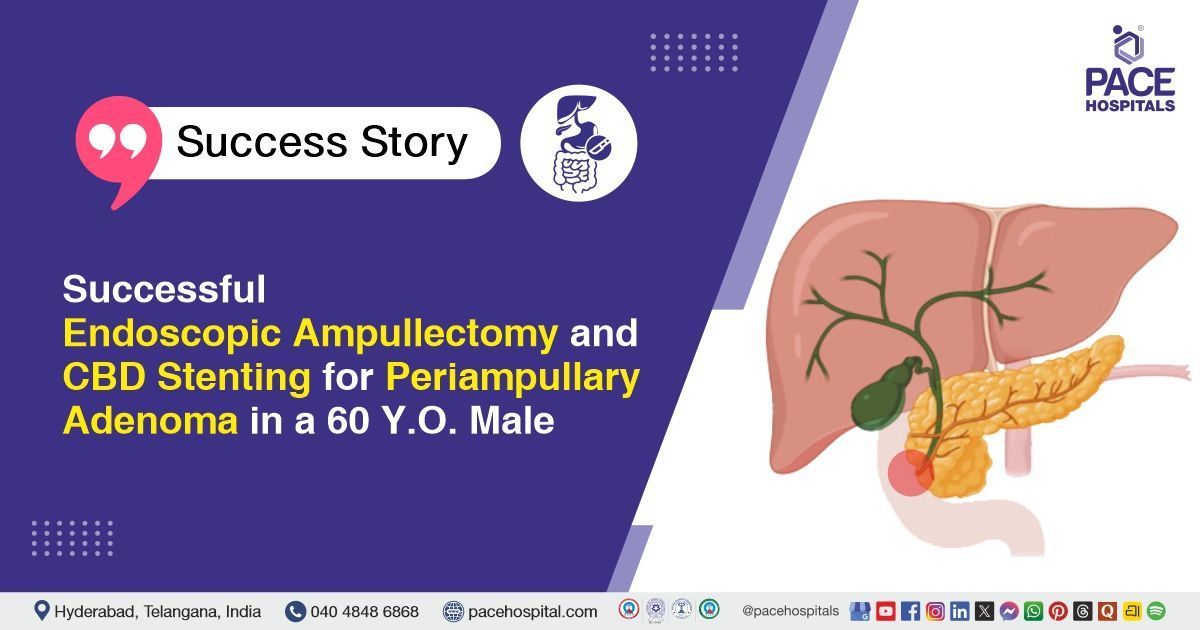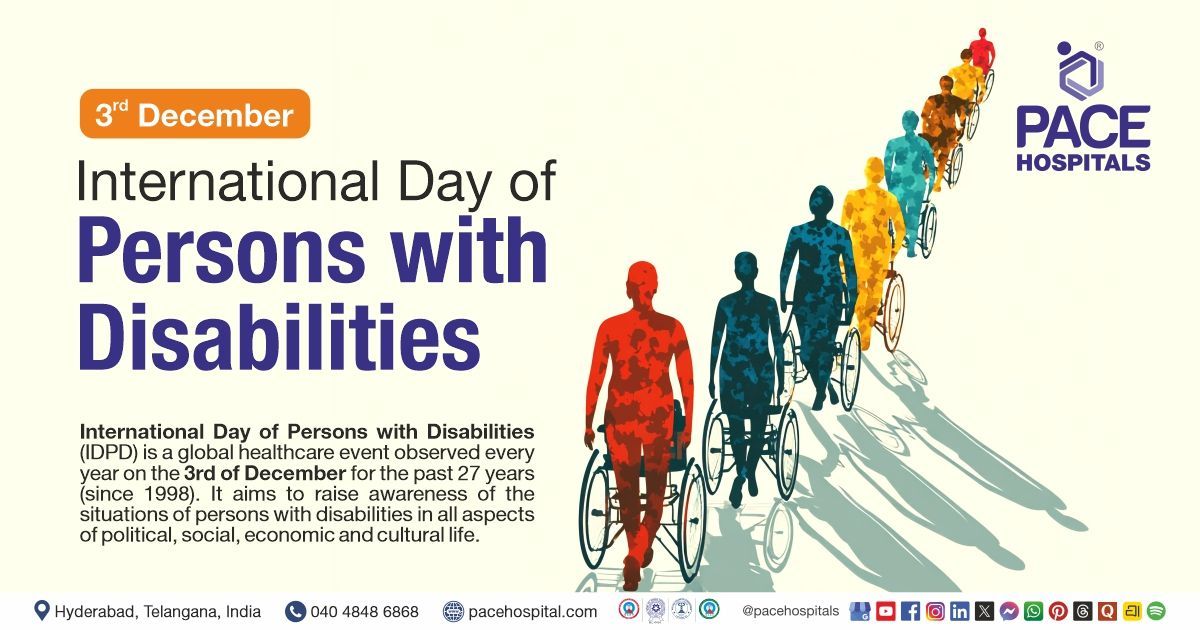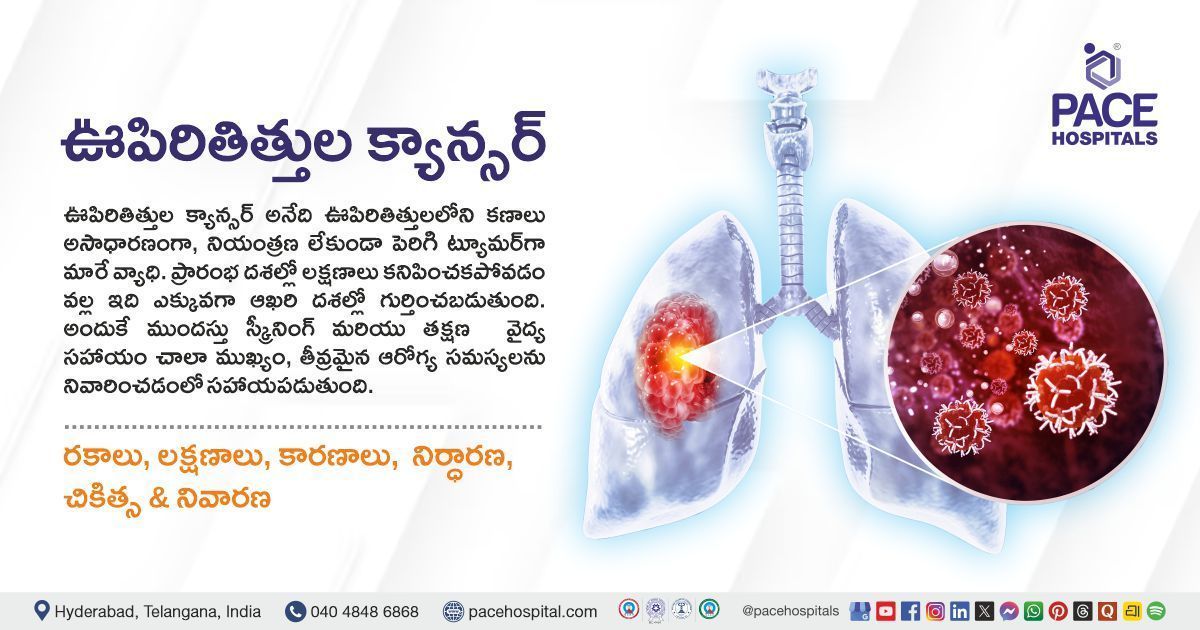Successful Septoplasty with Turbinectomy in a 37-Y.O Male with DNS & Turbinate Hypertrophy
PACE Hospitals
PACE Hospitals’ expert ENT team successfully performed a Septoplasty Combined with Bilateral Inferior Turbinectomy on a 37-year-old male patient who presented with bilateral nasal blockage (more prominent on the right side) for six months, recurrent frontal headaches for the past two years, and episodes of snoring. Based on clinical evaluation, this combined surgical approach was chosen to alleviate his symptoms, enhance nasal airflow, and facilitate optimal recovery.
Chief Complaints
A 37-year-old male patient with a
body Mass Index (BMI) of 20 presented to the ENT Department at
PACE Hospitals, Hitech City, Hyderabad with a six-month history of bilateral nasal blockage (more pronounced on the right side), recurrent frontal
headaches for two years, and episodes of snoring. These symptoms had suggested an underlying anatomical cause, such as deviated nasal septum (DNS) and bilateral inferior turbinate hypertrophy (ITH), which had significantly impacted his quality of life and required specialized ENT evaluation and management.
Past Medical History
The patient had no significant history of drug allergies or chronic illnesses. The absence of comorbid conditions was considered favourable in his case, as it reduced the risk of complications during and after surgery and contributed to the expectation of a smoother and more stable postoperative recovery.
On Examination
Upon admission to PACE Hospitals, the patient was conscious, cooperative, and oriented. There was no pallor or pedal edema. His Vital signs were stable and within normal limits. On systemic examination, the patient was found to have bilateral inferior turbinate hypertrophy (ITH+) and a deviated nasal septum (DNS) with a spur towards the right side. There was no tenderness over the paranasal sinuses (PNS), suggesting the absence of acute sinusitis. Examination of the ears revealed that the tympanic membranes (TM) were intact bilaterally. The oral cavity appeared normal on inspection. These findings are consistent with chronic nasal obstruction likely due to structural abnormalities, without evidence of acute infection or involvement of adjacent structures. The abdomen was soft and non-tender, and neurological assessment did not reveal any focal deficits.
Diagnosis
After initial examination, the patient underwent a comprehensive evaluation by the ENT team, which included a detailed clinical assessment, nasal endoscopy, and radiological imaging. These assessments were aimed at determining the severity of his nasal septal deviation and inferior turbinate hypertrophy and evaluating the overall nasal airway function to guide appropriate surgical management.
A plain CT scan of the paranasal sinuses (CT PNS): It has been performed, which revealed a deviated nasal septum (DNS) with a high deviation to the right side and bilateral inferior turbinate hypertrophy (ITH). These findings had provided detailed anatomical information, confirming the presence of structural abnormalities that had correlated with the patient’s symptoms of nasal obstruction and headaches. CT scans had played a crucial role in evaluating the nasal and sinus anatomy, identifying the extent of disease, and guiding the planning of appropriate surgical intervention.
Based on this comprehensive evaluation, the patient was advised to undergo
Deviated nasal septum and Inferior turbinate hypertrophy treatment in Hyderabad, India, under the expert care of the ENT Department, ensuring complete treatment, symptom relief, and prevention of further complications.
Medical Decision Making
After a thorough consultation with Dr. Mohana Jambula, ENT Surgeon, a comprehensive evaluation was carried out to determine the most appropriate diagnostic and therapeutic approach for the patient. The assessment focused on identifying the anatomical causes contributing to his symptoms, specifically a deviated nasal septum and bilateral inferior turbinate hypertrophy.
It was determined that these structural abnormalities were responsible for the patient’s chronic nasal blockage and associated complaints. Septoplasty with bilateral inferior turbinectomy was identified as the most effective intervention to correct the nasal obstruction, restore normal airflow, and improve his overall quality of life.
The patient and his family were thoroughly counselled about his condition, the need for surgical intervention, and the benefits and potential risks of septoplasty with bilateral inferior turbinectomy. The primary goal was to ensure timely and effective treatment to relieve his symptoms, enhance nasal breathing, and prevent further complications related to chronic nasal obstruction.
Surgical Procedure
Following the diagnosis, the patient was scheduled to undergo Bilateral Inferior Turbinectomy with Septoplasty in Hyderabad at PACE Hospitals, under the expert care of the ENT Department. This surgical procedure was planned to correct the deviated nasal septum and reduce the size of the enlarged inferior turbinates, thereby improving nasal airflow and relieving the patient’s symptoms.
The procedure was performed in the following steps:
Positioning and Anesthesia: The patient was placed in the reverse Trendelenburg position (supine position, which is inclined at 30 30-degree angle), and administered general anaesthesia for optimal surgical access and patient comfort.
Preparation and Decongestion: The surgical area was painted and draped under aseptic precautions. Bilateral nasal cavity decongestion was achieved using local anesthesia and packing.
Septoplasty: A left Killian incision was made endoscopically inside the nose. The deviated nasal septum (DNS) was identified and corrected by elevating the mucoperichondrial and periosteal flaps, straightening or removing the deviated cartilage and bone as necessary. The flaps were then repositioned and sutured with absorbable material to ensure proper healing.
Bilateral Inferior Turbinate Submucosal Resection: Submucosal resection of the bilateral inferior turbinates was performed to reduce their size and improve nasal airflow. Care was taken to preserve the mucosal surface while removing excess submucosal tissue and bone.
Nasal Packing and Dressing: Both nasal cavities were packed with Ivalon nasal packs (1+1) to control bleeding and support the surgical site. The nose was dressed appropriately, and haemostasis was achieved at all stages of the procedure
Intraoperative Findings
- High deviation of the nasal septum (DNS) to the right
- Spur to the right side
- Bilateral inferior turbinate hypertrophy
- Polypoidal changes in bilateral maxillary sinuses and bilateral anterior ethmoids.
Postoperative Care
The patient’s postoperative recovery was uneventful. During his hospital stay, he was treated with intravenous antibiotics, antacids, analgesics, and other supportive medications to promote healing and prevent infection. He remained stable throughout his recovery, and after the removal of the nasal packs, he was discharged in a stable condition with detailed postoperative care instructions.
Discharge Medications
Upon discharge, the patient was prescribed a combination of medications, including antibiotics to prevent and treat bacterial infections, proton pump inhibitors to reduce stomach acid and protect the gastric lining, NSAIDs to manage pain and inflammation, antihistamines with leukotriene receptor antagonists to relieve allergic symptoms and nasal congestion, and topical nasal decongestants to improve nasal airflow and reduce mucosal swelling. This regimen was aimed at promoting recovery, minimising postoperative complications, and supporting overall respiratory and gastrointestinal health.
Advice on Discharge
The patient was advised to avoid excessive nose blowing and lifting heavy weights during the postoperative period to minimise intranasal pressure, promote optimal healing, and decrease the risk of bleeding or postoperative complications.
Emergency Care
The patient was informed to contact the emergency ward at PACE Hospitals in case of any emergency or development of symptoms such as fever, nose bleeding, or vomiting. New Paragraph
Review and Follow-up Notes
The patient was advised to return to the ENT specialist at PACE Hospitals, Hyderabad, for a follow-up appointment for further evaluation of the surgical site and overall progress.
Conclusion
This case highlights the effectiveness of septoplasty with bilateral inferior turbinectomy in the treatment of chronic nasal obstruction caused by deviated nasal septum and inferior turbinate hypertrophy, enabling successful relief of symptoms and restoration of normal nasal airflow.
ENT Excellence Unveiled Redefining Outcomes in Deviated Septum and Turbinate Hypertrophy
Combining septoplasty with turbinate reduction is a preferred strategy among otolaryngologists for patients with both a deviated nasal septum and significant turbinate hypertrophy. An ENT specialist conducts a detailed assessment of the patient’s nasal anatomy and symptoms before recommending this approach. Addressing both issues in a single procedure can result in faster and more consistent symptom relief, including improved nasal airflow, reduced snoring, and fewer headaches. Many patients report noticeable improvement in breathing and sleep quality soon after surgery. However, ENT specialists recognise that while short-term benefits are often greater, long-term outcomes may be like septoplasty alone in some cases. The decision to combine these procedures is therefore individualised, based on the patient’s clinical needs and expectations. Close postoperative monitoring and follow-up with an
Otolaryngologist / ENT specialist are essential to ensure proper healing and address any complications. This patient-centred approach highlights the importance of specialised ENT expertise in managing chronic nasal obstruction.
Share on
Request an appointment
Fill in the appointment form or call us instantly to book a confirmed appointment with our super specialist at 04048486868

